Notes from Pennsylvania Planning Comprehensive Planning Examination Study Notes 2007
Part One: Planning Theory
I. Planning History
A. Timeline of American Planning History
-
-
- PREPARING FOR A PROFESSION
- FOUNDATIONS FOR A PROFESSION
- BUILDING A PROFESSION
- REFINING THE PROFESSION
-
1. Preparing for a Profession – Setting the table
1492-1600: Exploration Era
1492 Christopher Columbus (an Italian-born explorer), under the commission of Isabella I of Castile (Spain), explored the West Indies, South America, and Central America, forming the basis of Spanish land claims in the New World.
1493 Christopher Columbus explored the islands that became the U.S. Virgin Islands: Saint Croix (Santa Cruz), Saint Thomas (San Tomas), and Saint John (San Juan). These islands were inhabited by the native Kalinago (Caribs), an Arawakan-speaking people.
1497 John Cabot (an Italian-born explorer – Giovanni Caboto), under the commission of King Henry VII of England, is the earliest-known European exploration of coastal North America since the Norse visits to Vinland in the eleventh century. Cape Bonavista, Newfoundland is believed to be Cabot’s first landing site. Cabot’s explorations are the basis of English land claims in North America.
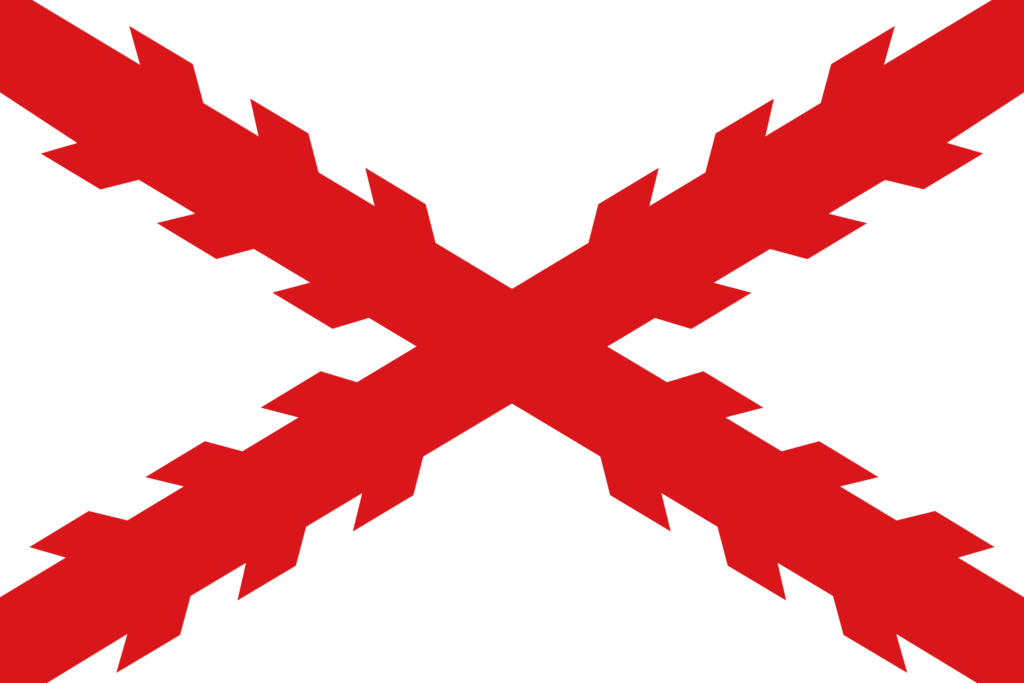
1508 Caparra (San Juan, Puerto Rico) was founded by Juan Ponce de León, a Spanish explorer, under Christopher Columbus, founded the first European settlement in what is now the territory of the United States. The area was inhabited by the native Taíno people.
1513 Juan Ponce de León (Spanish explorer and conquistador) is credited for being the first European to sight Florida.
1524 Giovanni da Verrazzano (an Italian-born explorer), under the commission of King Francis I of France, explored North America between Florida and Newfoundland searching for a route to the Pacific Ocean, and established the basis for French land claims in North America.
1555 St. Croix (U.S. Virgin Islands) is settled by the Spanish, with English and French settlers arriving from 1625, with claims disputed between Spain, France, Britain, and the Netherlands. The Danish West India Company settled on St. Thomas in 1672 and St. John in 1694, later purchasing St. Croix from France in 1733. The islands became royal Danish colonies in 1754.
1559 Pensacola, Florida established by Don Tristan de Luna and Spanish settlers, but was abandoned two years later due to a hurricane. Pensacola was reestablished in the late 1600’s.
1565 St. Augustine, Florida founded and planned by Spanish admiral Don Pedro Menéndez de Avilés, Florida’s first governor, during the reign of King Philip II of Spain. The area was inhabited by native Timucua people. It is the first post-Columbian planned community in what is now the United States. Planned Communities
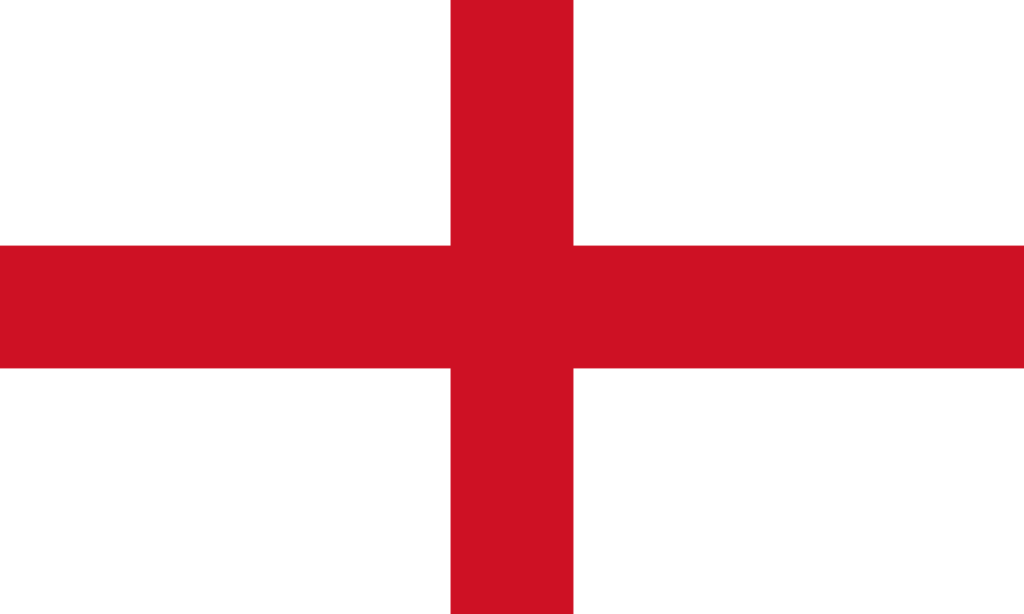
1585 Roanoke Colony founded by Governor Ralph Lane and approximately 112–121 colonists via Sir Walter Raleigh, during the reign of Queen Elizabeth I of England and Ireland. Virginia Dare was the first English child born in a New World English colony (1587). The area was inhabited by native Roanoke and Croatan, Algonquian-speaking peoples. The colony was abandoned by 1590.
1601-1650: Early-Colonial Era
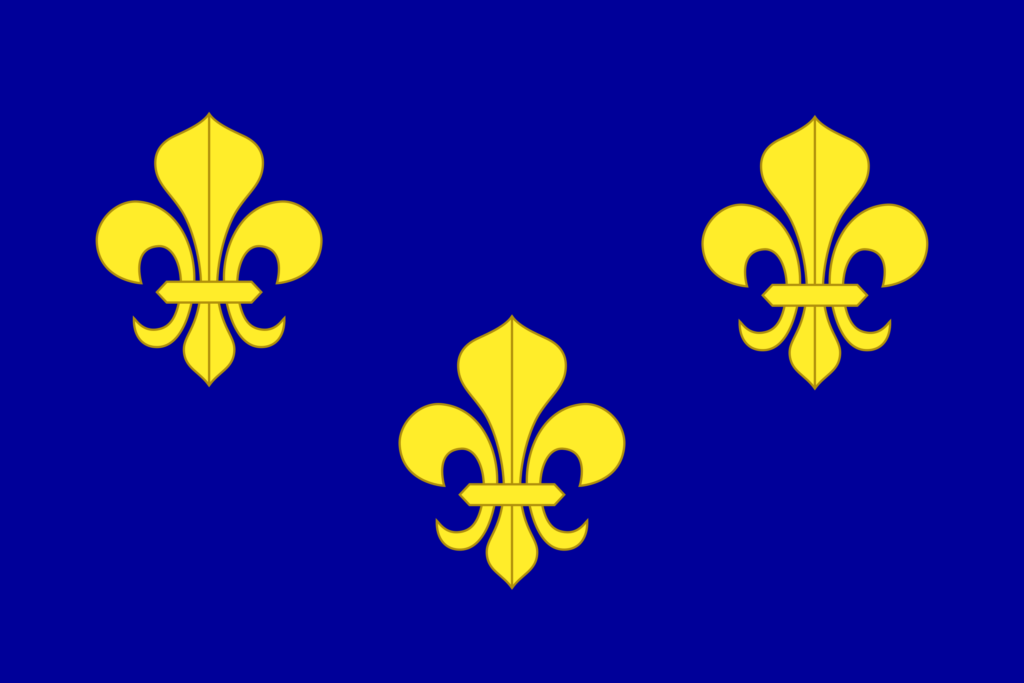
1605 Habitation at Port-Royal was founded in Acadia (a colony of New France; now Nova Scotia) by the French – it’s the first permanent settlement in what is now Canada.
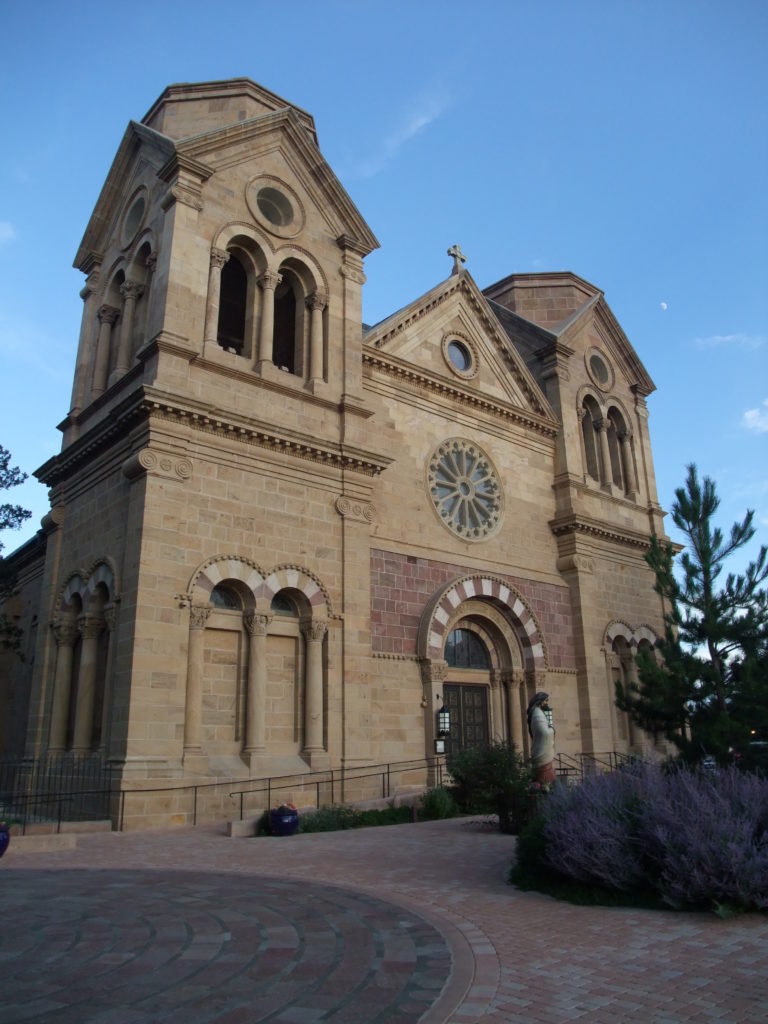
1607 Santa Fe, New Mexico was founded in the Spanish Kingdom of New Mexico, during the reign of King Phillip III of Spain. It is the second oldest city in what is now the United States. The area was inhabited by the native Tewa, a Pueblo people.
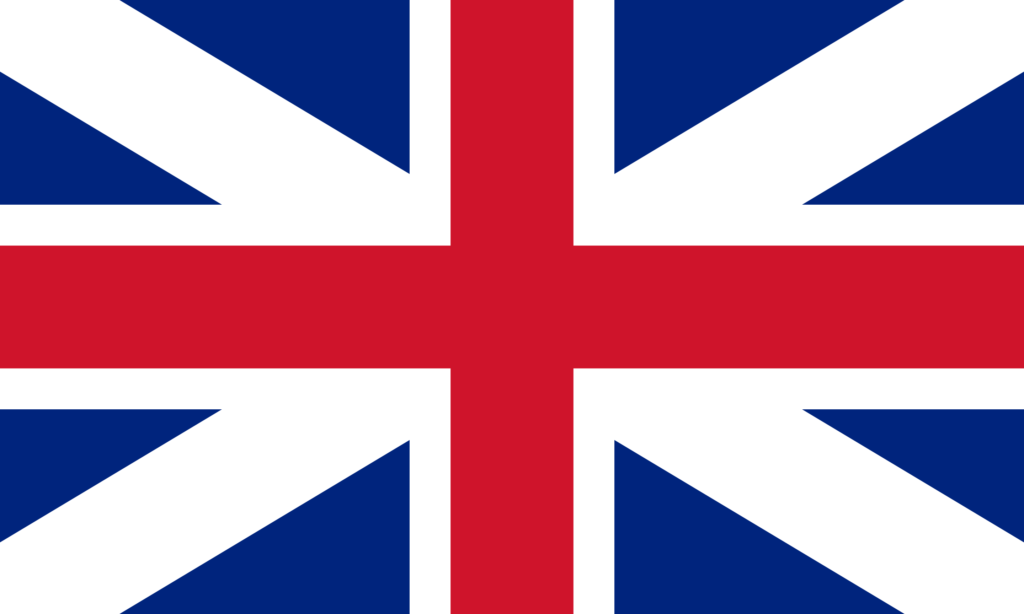
1607 Jamestown, Virginia established with 104 colonists in May by the Virginia Company of London using the Susan Constant (possibly Sarah Constant), Godspeed, and Discovery, during the reign of King James I of England and Ireland and the VI of Scotland. The area was inhabited by the native Powhatan Confederacy, an alliance of Algonquian-speaking peoples.
1608 Quebec City is founded by Samuel de Champlain, as part of New France.
1609 Henry Hudson, an English explorer working for the Dutch East India Company, explored the New York area on the Dutch ship Halve Maen “Half Moon”, thus establishing the basis for Dutch land claims in that area.
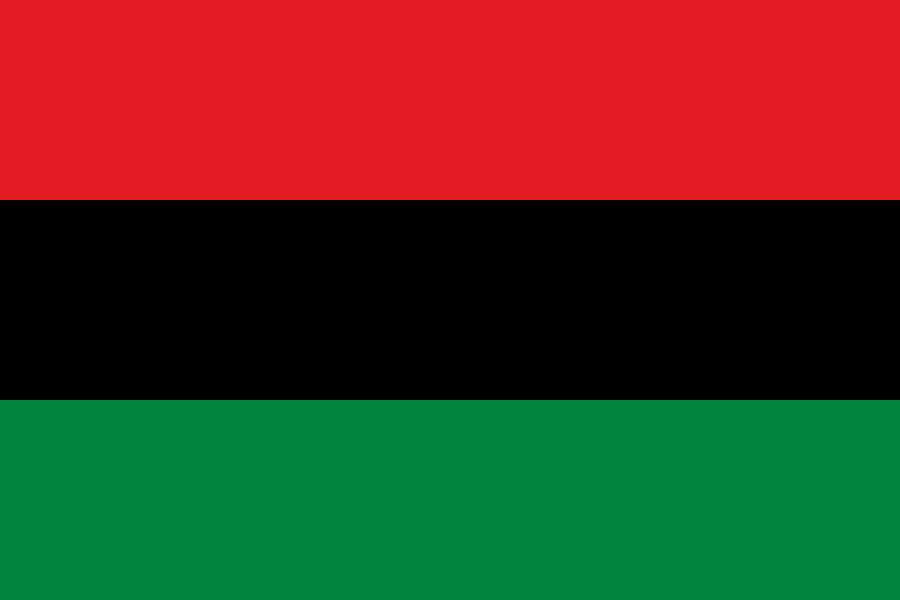
1619 First Black African slaves in what is now the United States. Twenty-some Angolans, kidnapped by Portuguese slave traders were intercepted by English privateer ship White Lion and brought to the English colony of Virginia where they were bought by English colonists. This arrival of the enslaved Africans in the New World marks a beginning of two and a half centuries of slavery in what becomes the United States.
1620 Plymouth Colony, Massachusetts established in December by 102 English separatist Puritans (Pilgrims) coming over on the Mayflower, during the reign of King James I of England and Ireland and the VI of Scotland. The native Patuxet band of the Wampanoag tribal confederation were wiped out by disease. The last member of the Patuxet was Tisquantum (Squanto).
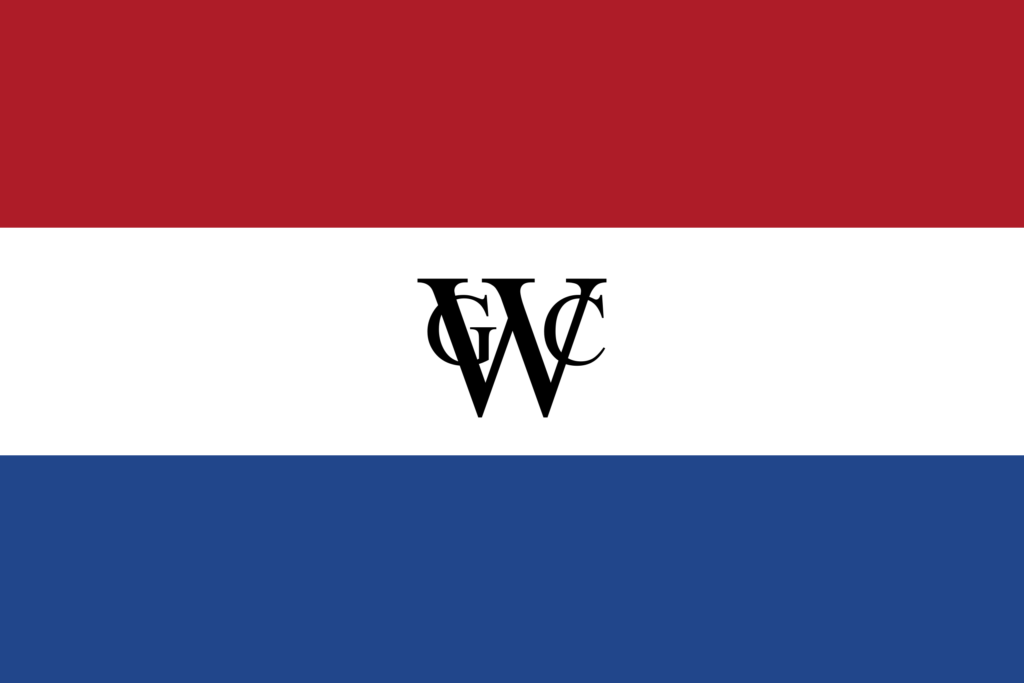
1624 New Amsterdam (now New York City) was founded by Dutch West India Company using their ship New Netherland. As legend has it, the Dutch “purchased” the island of Manhattan from the native Lenape (Delaware), an Algonquian-speaking people, for the value of 60 guilders (about $1,000 today). In 1664, James, the Duke of York, lead a mission that ousted the Dutch from North America, establishing New York and New Jersey.
1630 Boston was founded by 700 English reformist Puritans fleeing religious persecution, during the reign of King Charles I of England, Scotland, and Ireland. They came over on eleven ships. They were led by John Winthrop. The area was inhabited by the native Massachusett, an Algonquian-speaking people.
1632 Middle Plantation is established by English settlers as a fortified settlement on high ground between the James and York rivers. The city became Williamsburg in 1699, when it became the capital of the Colony and then Commonwealth of Virginia until 1780.
1634 St. Mary’s City is established as first settlement and capital of Maryland, a haven for both Catholic and Protestant Christians. About 128 colonists were brought over by The Ark and The Dove, lead by Cecil Calvert, 2nd Baron Baltimore. The site had previously been inhabited by the native Yaocomaco, an Algonquian-speaking people.
1634 Communipaw, part of Pavonia (Bergen, now Jersey City, New Jersey), first settled as part of Dutch New Netherlands. Around 1650 Swedes and Finns established Nya Stockholm “New Stockholm” (Bridgeport), Sveaborg (Swedesboro), and Varkens Kill (Finns Point) as part of New Sweden. In 1655, the Dutch reasserted control over the territory. But in 1664, James, the Duke of York, lead a mission that ousted the Dutch from North America.
1634 La Baye des Puants (Green Bay, Wisconsin) founded by Jean Nicolet as a fur trading outpost, as a part of New France.
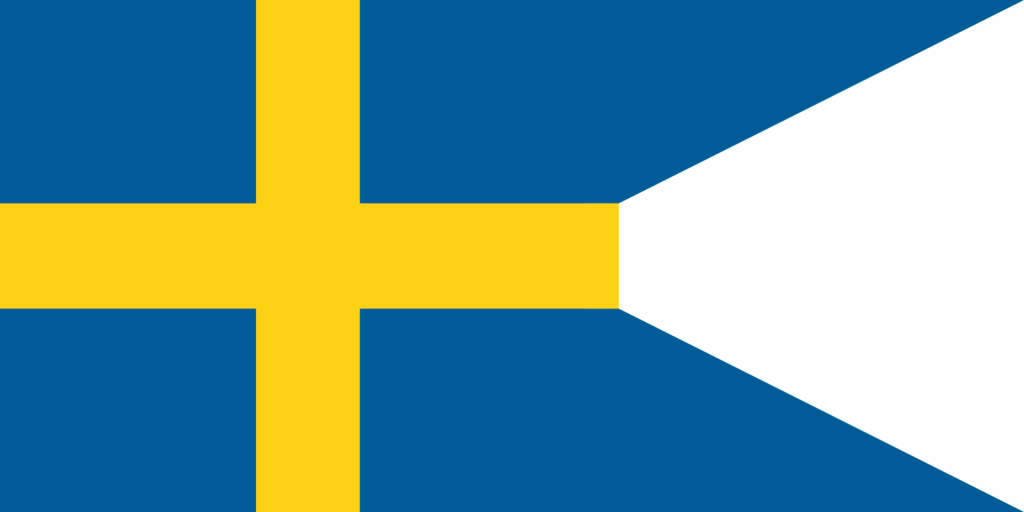
1638 Fort Christina (Wilmington, Delaware) established as the first settlement of New Sweden. The Swedes started the American tradition of log homes. In 1655, the Dutch asserted control over the territory. But in 1664, James, the Duke of York, lead a mission that ousted the Dutch from North America. Delaware was named after Thomas West, 3rd Baron De La Warr, the third governor of Virginia.
1642 Fort Ville-Marie (Montreal, Quebec) was founded by Paul de Chomedey, Sieur de Maisonneuve, as a part of New France.
1651-1700: Mid-Colonial Era
1658 Albemarle Settlements were first granted by the Virginia Assembly in what became North Carolina, south of the Great Dismal Swamp. Bath, the oldest town in North Carolina, was the first nominal capital from 1705 until 1722. In 1712 “the Towne on Queen Anne’s Creek” was established and then became incorporated as Edenton 1822, when it also took over as second capital of North Carolina. New Bern was founded two years before Edenton by German Palatines and Swiss settlers, then it served as the third capital from 1743 until Raleigh became the current capital in 1792. The area was inhabited by native Siouan-, Iroquoian-, and Algonquian-speaking peoples.
1668 Sault Sainte Marie (Michigan) was founded by Louis Jolliet and Jacques Marquette, as a part of New France. Saint Ignace was founded soon thereafter in 1671, also as a part of New France.
1670 Charles Towne (now Charleston) was founded and it was planned in 1672 with approximately 200 people coming over on the Carolina, Albemarle, and Port Royal, during the reign of King Charles II of England, Scotland, and Ireland. It was the first comprehensively planned community in the original thirteen colonies. The area was inhabited by the native Sewee, a Siouan-speaking people. Planned Communities
1682 William Penn’s Philadelphia Plan lays out the City in a grid pattern with five public squares to serve the populace in his “holy experiment.” Colonists came over on the Canterbury, during the reign of King Charles II of England, Scotland, and Ireland. The area was inhabited by the native Lenape (Delaware), an Algonquian-speaking people. Planned Communities
1699 Fort Maurepas (Ocean Springs, Mississippi) was established as “Old Biloxi”, as a part of New France.
1701-1750: Late-Colonial Era
1701 Fort Pontchartrain du Détroit (Detroit, Michigan) was founded by Antoine de la Mothe Cadillac, as a part of New France.
1702 Fort Louis de la Louisiane (Mobile, Alabama) was founded as the first capital of the French colony of La Louisiane by French Canadian brothers Pierre Le Moyne d’Iberville and Jean-Baptiste Le Moyne, Sieur de Bienville, as a part of New France.
1716 Fort Rosalie (Natchez, Mississippi) was founded as a part of New France.
1718 La Nouvelle Orléans (New Orleans) was founded by Jean-Baptiste Le Moyne, Sieur de Bienville, as a part of New France.
1720 Fort Louis (Biloxi, Mississippi) was settled as a part of New France and the capital of the French colony of La Louisiane was moved here. In 1822 the capital was moved to New Orleans.
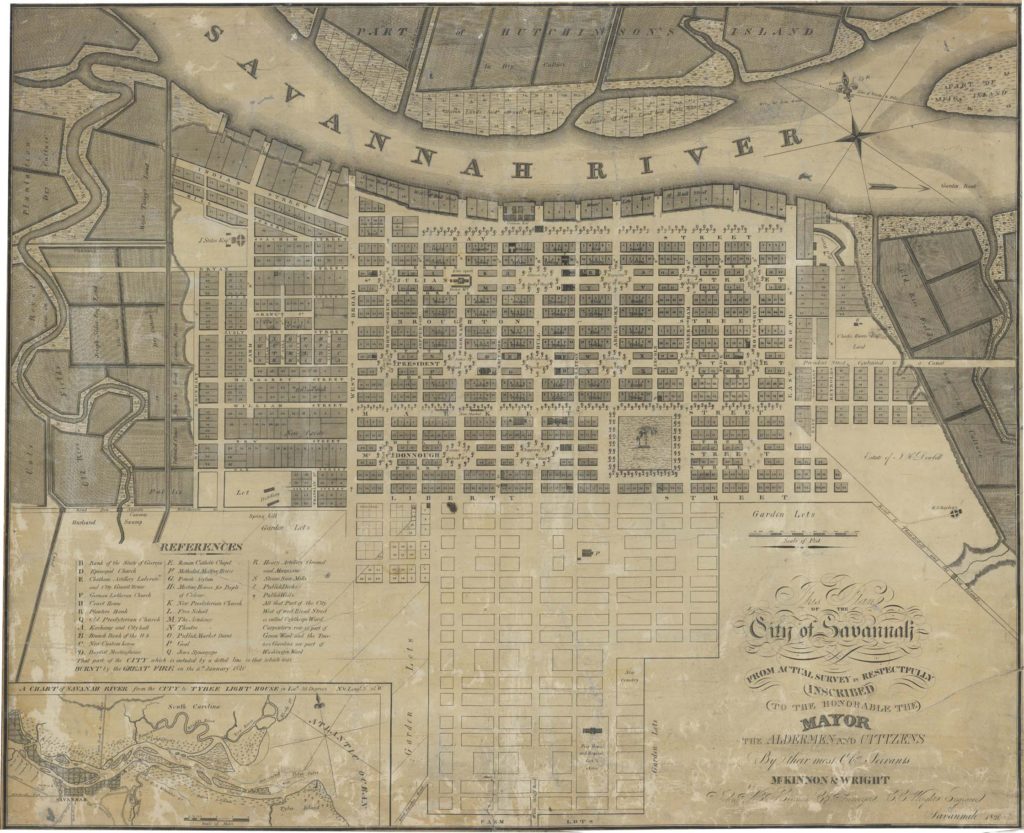
1733 Savannah was founded by General James Oglethorpe and the 120 passengers of the ship Anne as the first city of Georgia, during the reign of King George II of Great Britain and Ireland. The area was inhabited by the native Yamacraw (Lower Creek and Yamasee), a Muskogean (Creek)-speaking people. Planned Communities
Late 1700’s: Revolutionary War Era
1756-1763 Seven Years War (French and Indian War) fought and won by Britain, ending French control of North America east of the Mississippi. This lead to the Proclamation Line of 1763, a British-produced boundary marked in the Appalachian Mountains at the Eastern Continental Divide, prohibiting Anglo-American colonists from settling on lands acquired from the French following the French and Indian War.
1765 Quartering Act passed by the British Parliament requiring colonial governments to pay for quartering troops after the French and Indian War.
1767-68 Townshend Acts passed by the British Parliament.
1770 Boston Massacre occurred.
1773 Boston Tea Party occurred.
1776 U.S. Declaration of Independence proclaimed.
1777 Articles of Confederation are proposed by the Second Continental Congress and then ratified by the several states.
1779 Chicago was established by Jean Baptiste Point du Sable, of the French colony of Saint-Domingue (Haiti), as a trading post. Du Sable was of African descent.
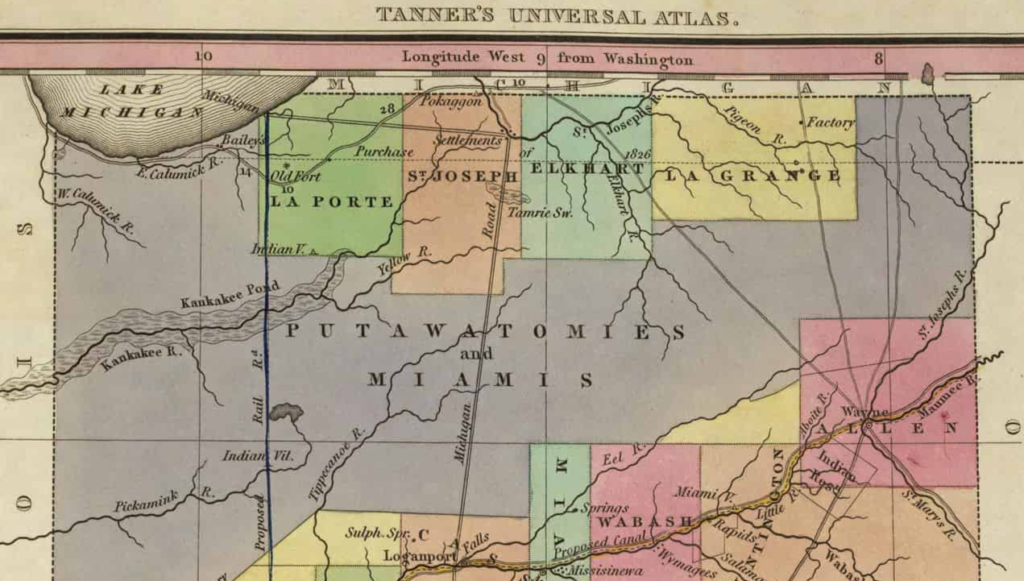
1785 Thomas Jefferson’s Land Ordinance of 1785 provides for the rectangular land survey of the Old Northwest. The rectangular survey has been called “the largest single act of national planning in our history and… the most significant in terms of continuing impact on the body politic” (Daniel Elazar). Other Legal Action Economic Development Event
1788 U.S. Constitution ratified.
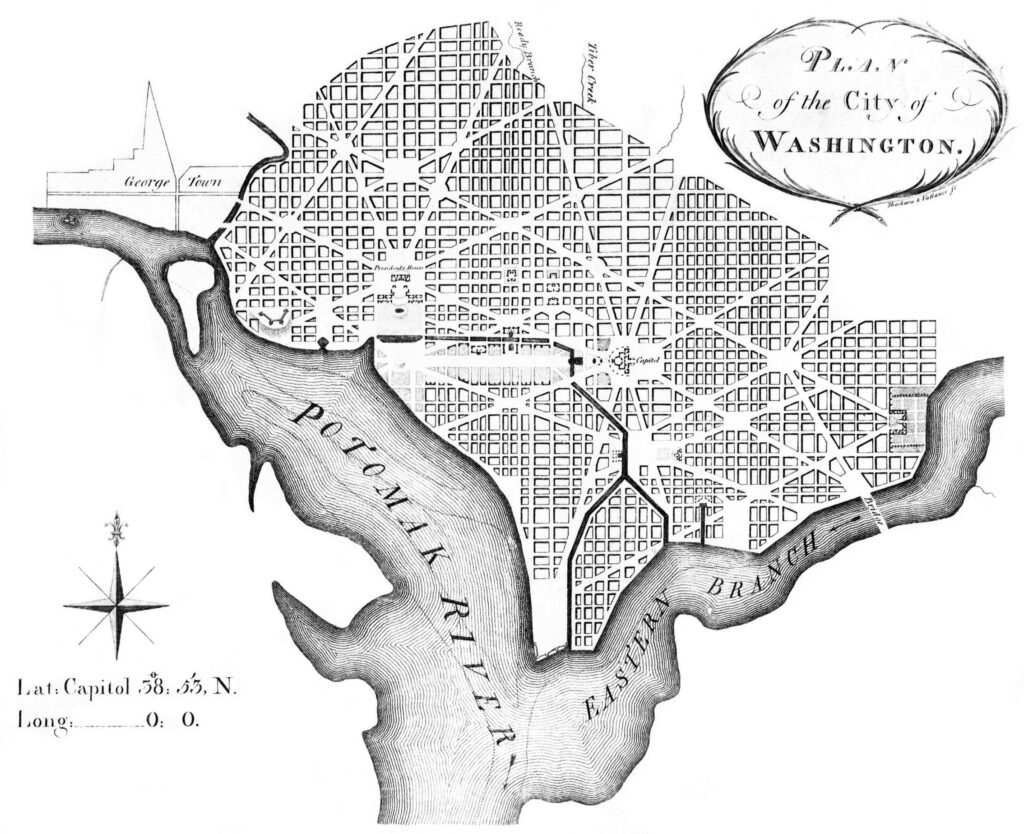
1789 George Washington was unanimously elected President of the United States.
1790 Washington, D.C. is founded. L’Enfant Plan for the city of Washington is developed in 1791 by Major Pierre “Peter” Charles L’Enfant. Planned Communities
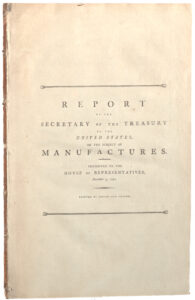
1791 Alexander Hamilton’s Report on Manufactures argues for protective tariffs for manufacturing industry as a means of promoting industrial development in the young republic. Economic Development Event Landmark Publication
Early & Mid-1800’s: Antebellum & Civil War Era
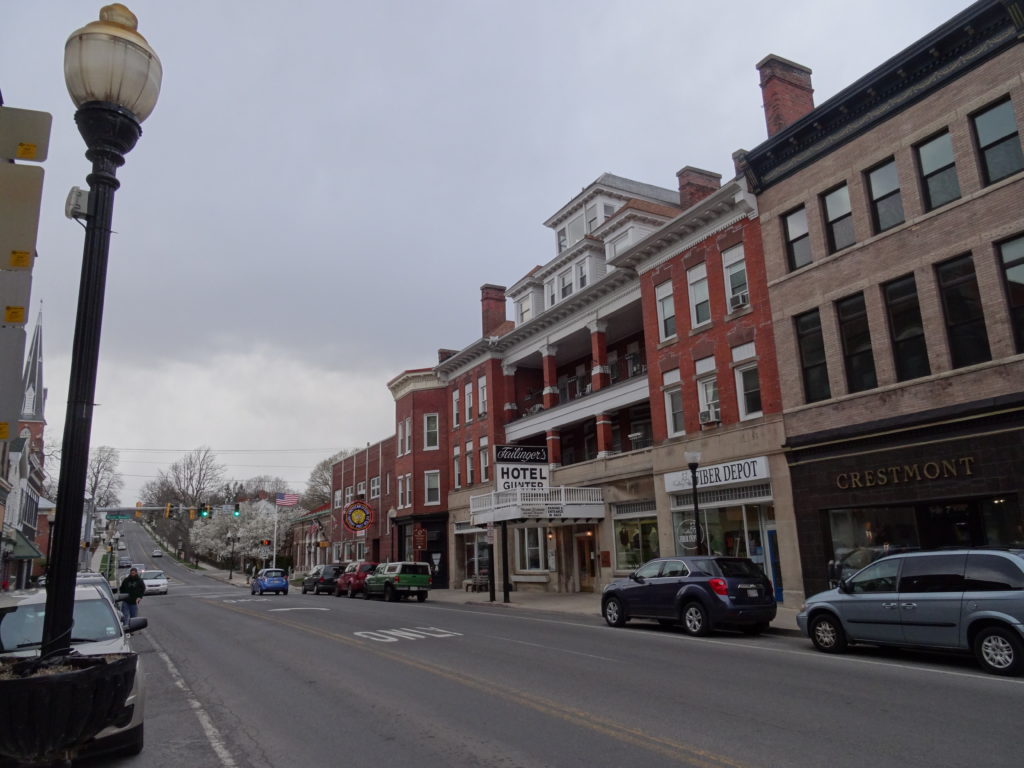
1811-39 The National Road terminates in Vandalia, Illinois. Begun in 1811 in Cumberland, Maryland, it helps open the Ohio Valley to settlers. Economic Development Event
1817-25 Erie Canal built. This artificial waterway connected the northeastern states with the newly settled areas of what was then the West, facilitating the economic development of both regions. Economic Development Event Regional Planning Event
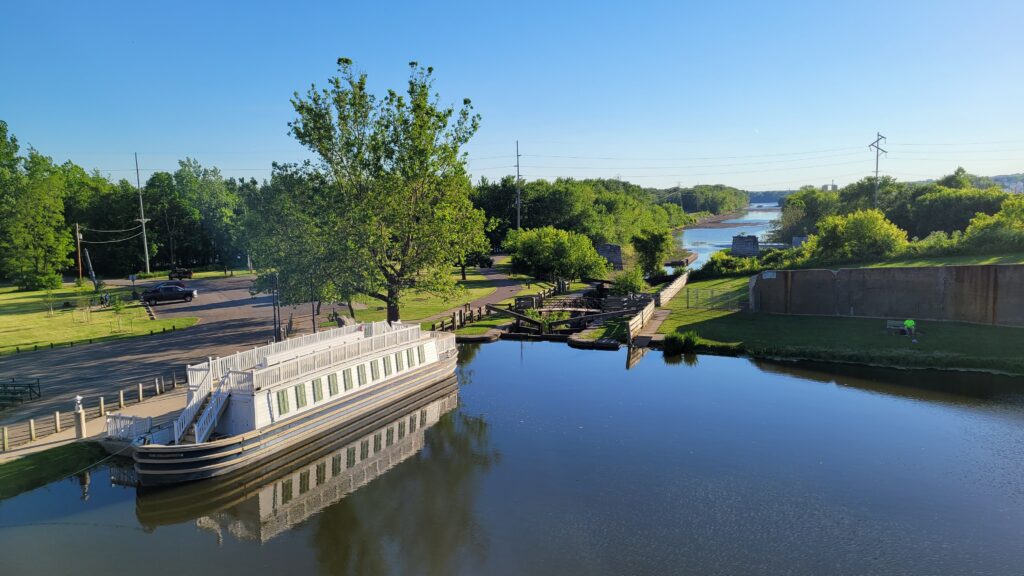
1818 Henry Clay’s American System Plan proposes to allocate federal funds to promote the development of the national economy by combining tariffs with internal improvements, such as roads, canals and other waterways. Economic Development Event
1855 First “model tenement” built in Manhattan, New York City. Housing Event
1861-65 American Civil War.
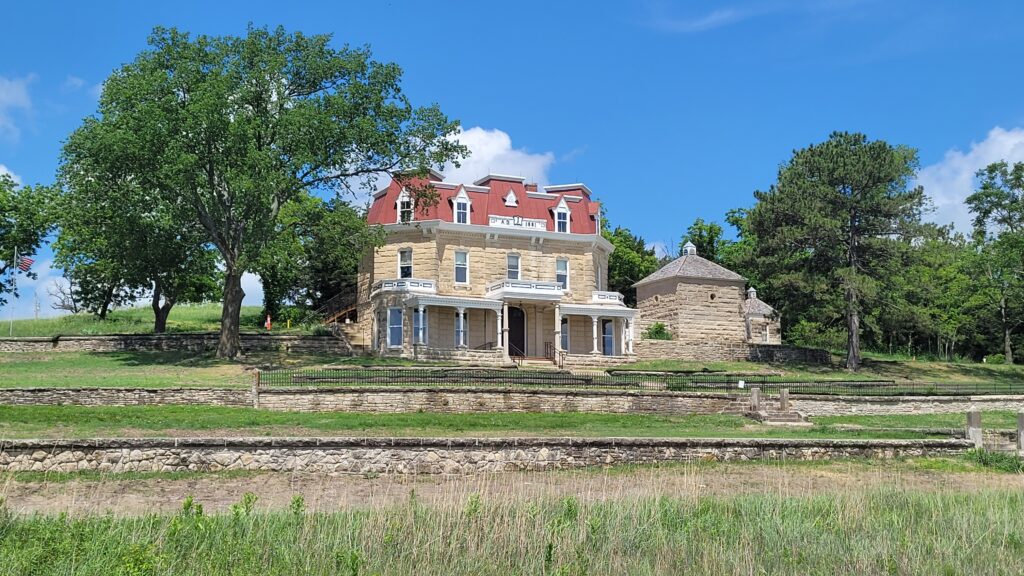
1862 Homestead Act opened the lands of the Public Domain to settlers for a nominal fee and five years residence. Landmark Laws Economic Development Event Housing Event
1862 Morrill Act. Congress authorizes land grants from the Public Domain to the states. Proceeds from the sale were to be used to found colleges offering instruction in agriculture, engineering, and other practical arts. Economic Development Event Landmark Laws
1864 New York Council of Hygiene of the Citizens Association mounts a campaign to raise housing and sanitary standards. Housing Event
1868 Frederick Law Olmsted and Calvert Vaux begin the planning of Riverside Illinois, a planned suburban community outside Chicago, stressing rural as opposed to urban amenities. Planned Communities
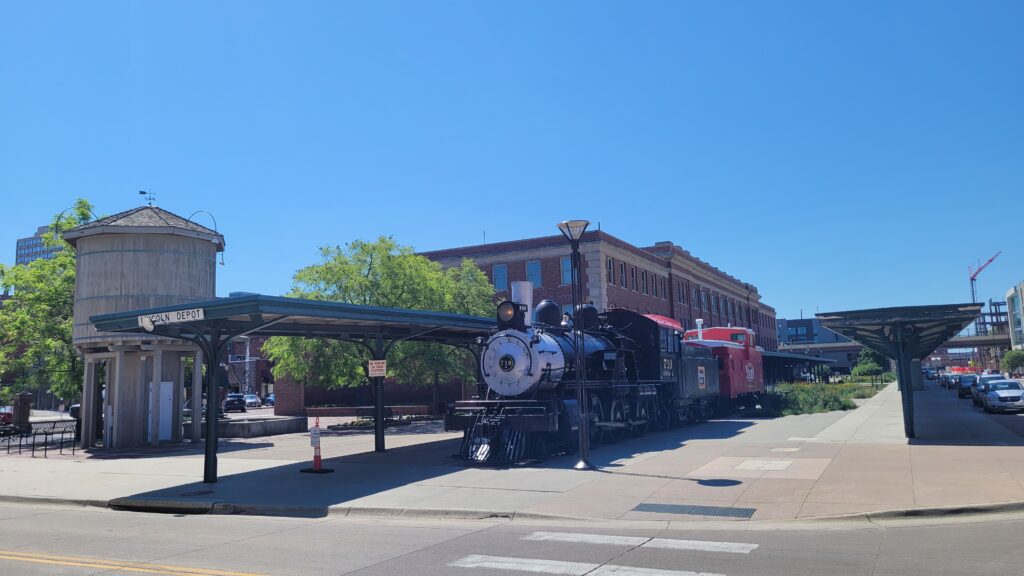
1869 The Union Pacific and the Central Pacific railroads meet at Promontory Point, Utah, on May 10 to complete the first transcontinental railroad. Economic Development Event
Late 1800’s: Gilded Age
1876 Centennial Exposition in Philadelphia for the World Expo of Arts, Manufactures and Products of the Soil and Mine.
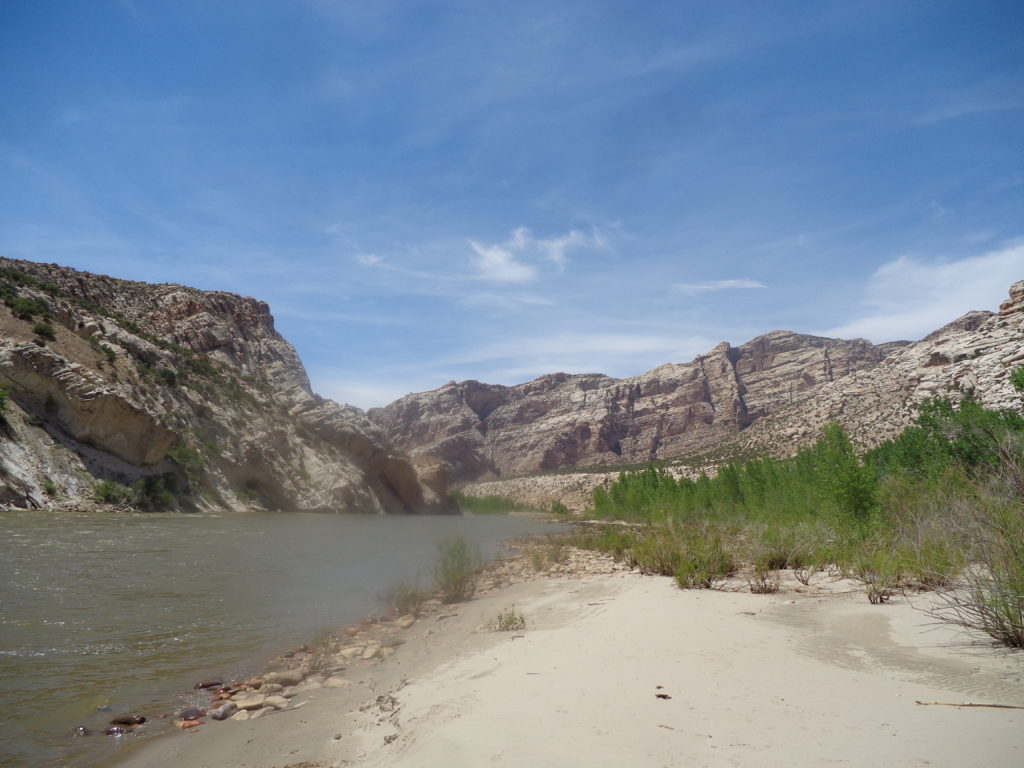
1878 John Wesley Powell’s Report on the Lands of the Arid Region of the United States is published. Includes a proposed regional plan that would both foster settlement of the arid west and conserve scarce water resources. Conservation & Environment Regional Planning Event Economic Development Event Landmark Publication
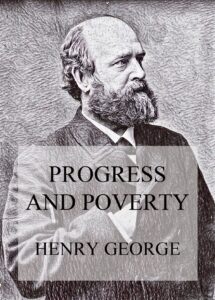
1879 Henry George’s Progress and Poverty presents an argument for diminishing extremes of national wealth and poverty by means of a single tax (on land) that would capture the “unearned increment” of national development for public uses. Seminal Publication
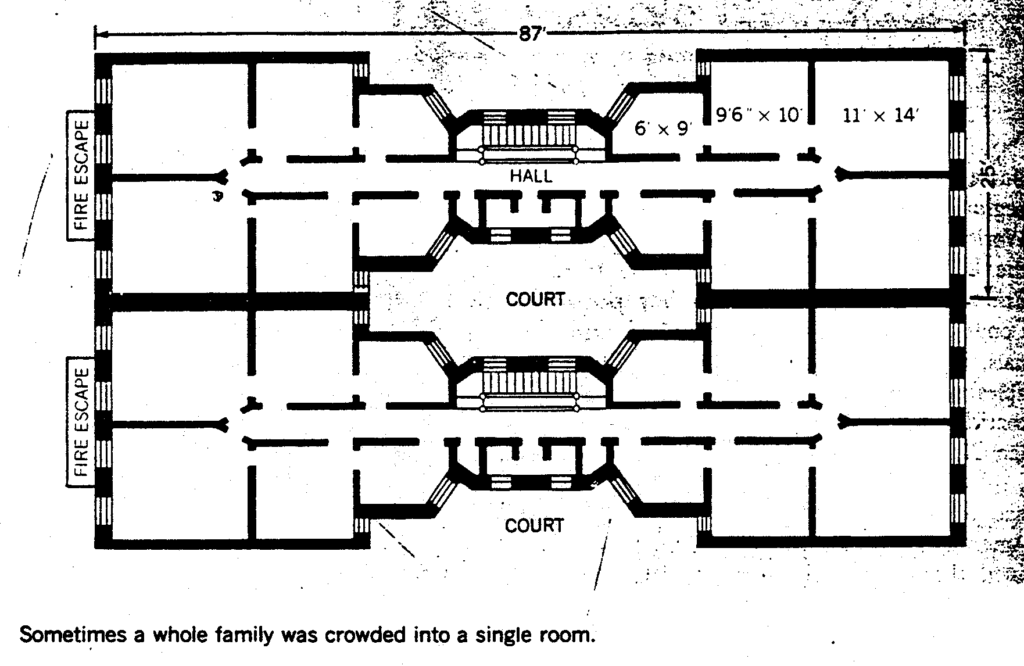
1879 Debut of the “dumbbell tenement,” so called because of its shape. A form of multifamily housing widely built in New York until the end of the century and notorious for the poor living conditions it imposed on its denizens (lack of light, air, space). Housing Event
1879 Establishment of U.S. Geological Survey to survey and classify all Public Domain lands. Economic Development Event Conservation & Environment
1880-84 George Pullman builds Pullman, Illinois, (now part of Chicago) a model industrial town. Planned Communities
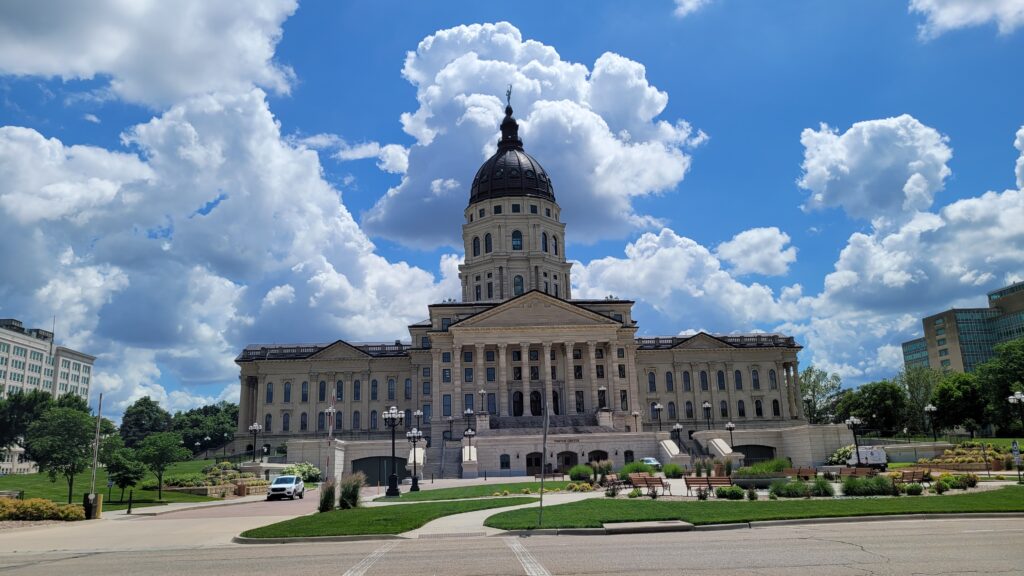
1887 In Mugler v. Kansas, the U.S. Supreme Court ruled that the courts have the duty to strike down local laws that do not have a real or substantial relation to the police power: to protect the health, safety, welfare, and morals of the community. U.S. Supreme Court Case

1890 Jacob Riis’s How the Other Half Lives is a powerful stimulus to housing and neighborhood reform. Seminal Publication Housing Event
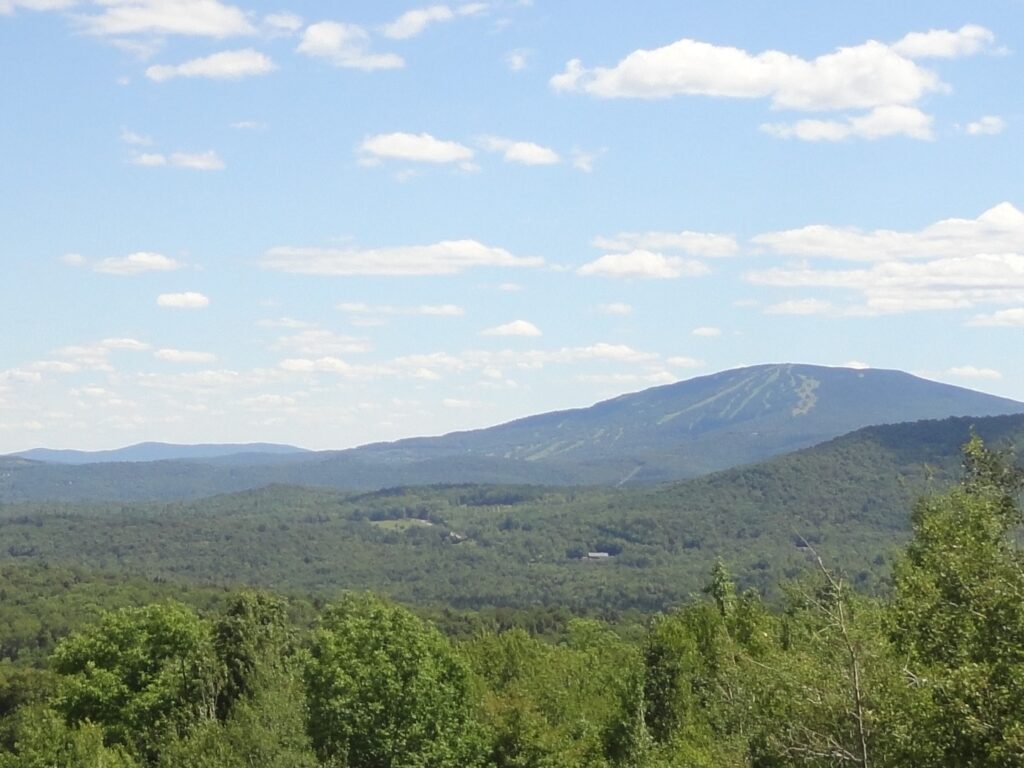
1891 General Land Law Revision Act gave President power to create forest preserves by proclamation. Conservation & Environment Landmark Laws
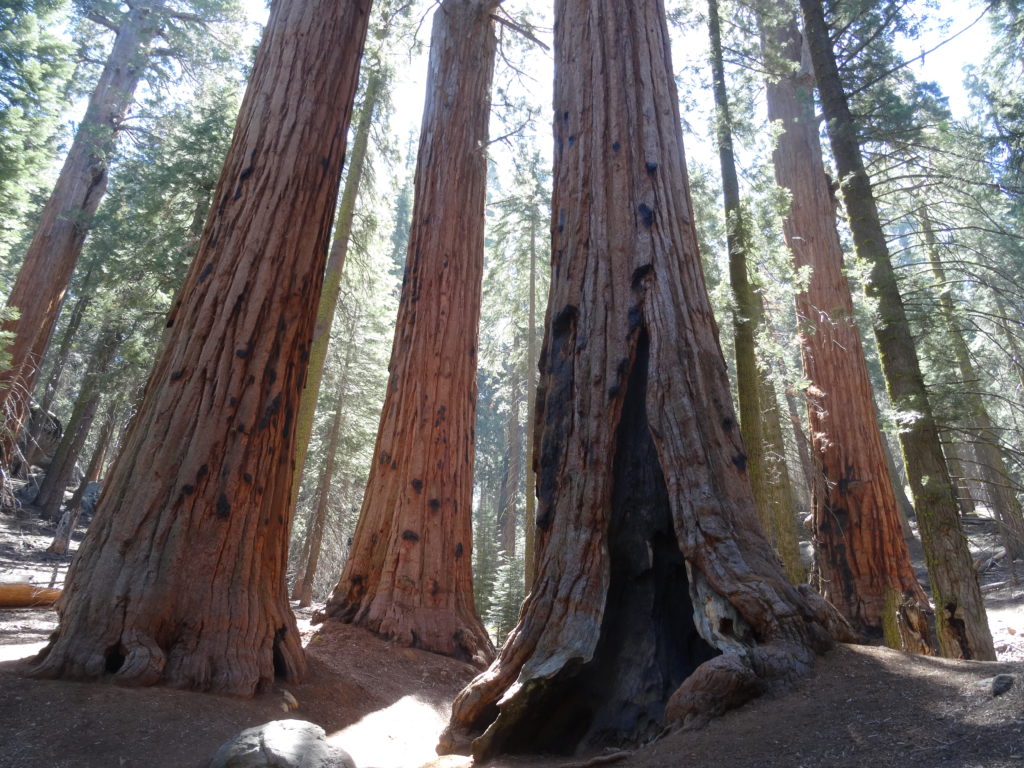
1892 Sierra Club founded to promote the protection and preservation of the natural environment. John Muir, Scottish-American naturalist, and a major figure in the history of American environmentalism, was the leading founder. Conservation & Environment
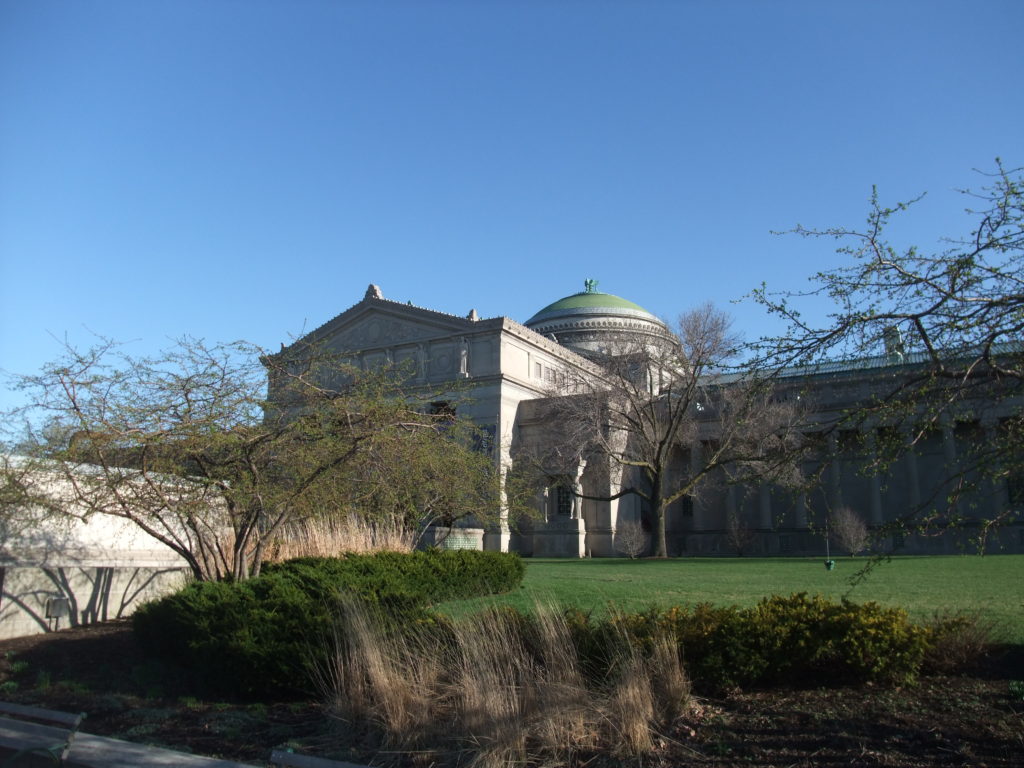
1893 World’s Columbian Exposition was held in Chicago as the World E. It commemorated the 400th anniversary of the discovery of the New World, as was a source of the City Beautiful Movement, strengthening focus on aesthetics for city planning. History of Planning Profession
1896 In United States v. Gettysburg Electric Railway Co., the U.S. Supreme Court rules that the acquisition of the national battlefield at Gettysburg served a valid public purpose. It is the first significant legal case concerning historic preservation. Conservation & Environment U.S. Supreme Court Case
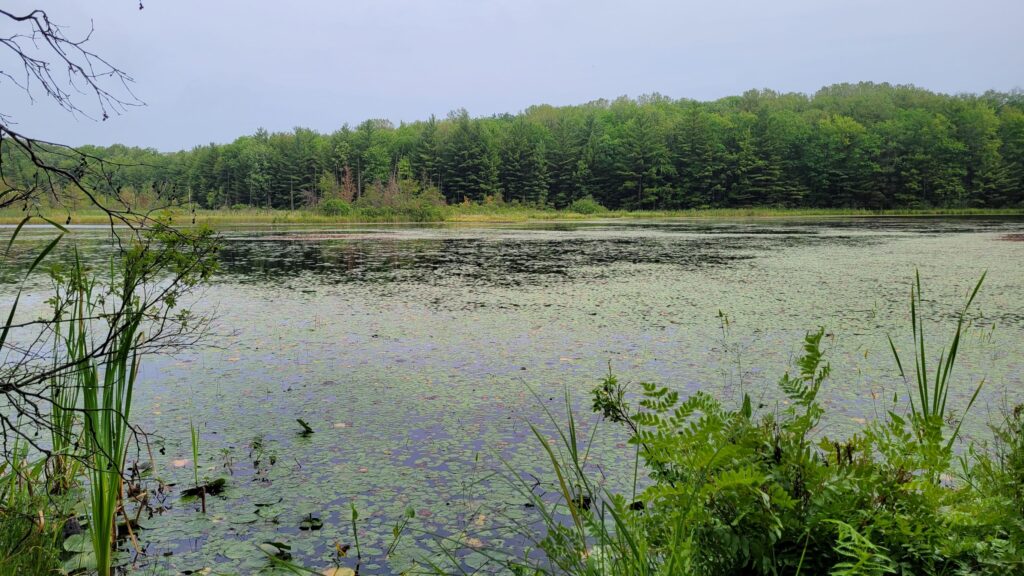
1897 Forest Management Act. Authorized some control by the Secretary of the Interior over the use and occupancy of the forest preserves. Conservation & Environment Landmark Laws
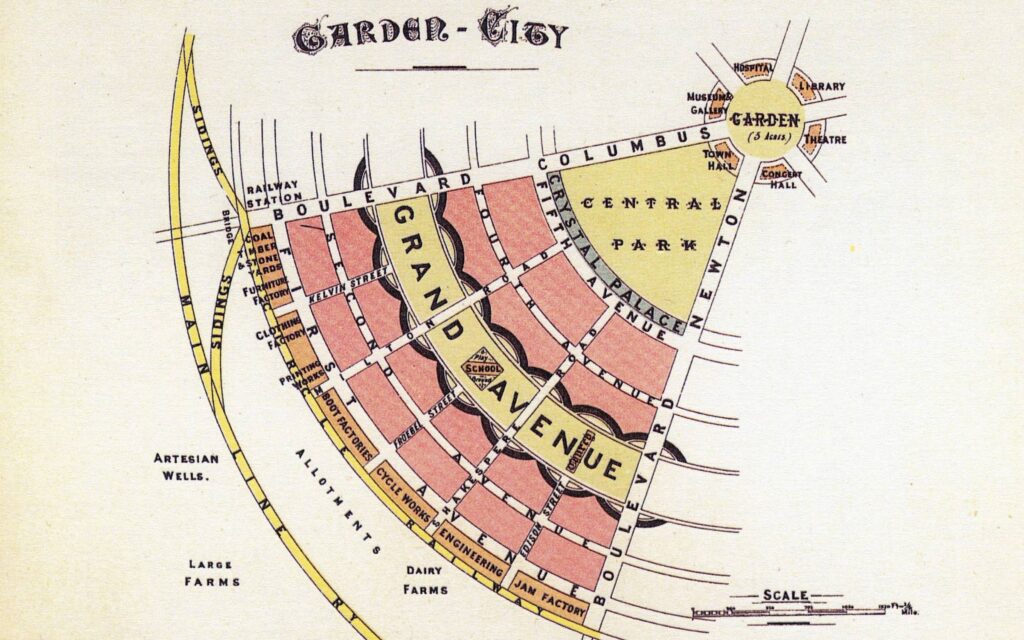
1898 Ebenezer Howard’s Tomorrow: A Peaceful Path to Real Reform is a source of the Garden City movement. Reissued in 1902 as Garden Cities of Tomorrow. Seminal Publication Planned Communities
-
-
- Letchworth Garden City, England
- Welwyn Garden City, England
- Woodbourne, Boston, Massachusetts
- Residence Park, New Rochelle, Westchester County, New York (suburban New York City)
- Garden City, Long Island, New York (suburban New York City)
- Sunnyside, Queens, New York City
- Jackson Heights, Queens, New York City
- Forest Hills Gardens, Queens, New York City
- Radburn, New Jersey (suburban New York City)
- Chatham Village, Pittsburgh, Pennsylvania
- Greenbelt, Maryland (suburban Washington, DC)
- Buckingham, Arlington County, Virginia (suburban Washington, DC)
- Hilton Village, Newport News, Virginia
- Norris, Tennessee
- Lake Vista, New Orleans, Louisiana
- Parma, Cleveland suburb, Ohio
- Shaker Heights, Cleveland suburb, Ohio
- Greenhills, Cincinnati suburb, Ohio
- Greendale, Milwaukee suburb, Wisconsin
- Baldwin Hills Village, Los Angeles, California
-
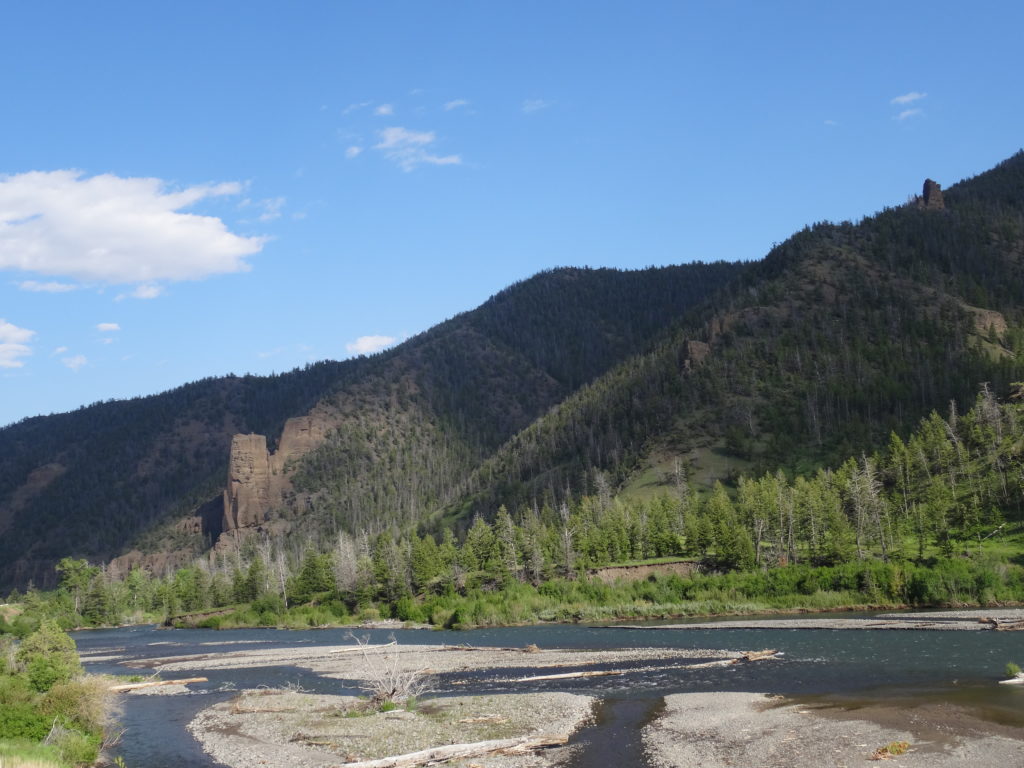
1898 Gifford Pinchot becomes Chief Forester of the United States in the Department of Agriculture. From this position he publicizes the cause of forest conservation. Conservation & Environment

1898 Trans-Mississippi Exposition was held in Omaha for the World Expo. It was held concurrent with the Indian Congress, within a decade of the end of the Indian Wars. Over 500 members of 35 different tribes attended, making it the largest gathering of American Indian tribes of its kind to that date.
-
- PREPARING FOR A PROFESSION
- FOUNDATIONS FOR A PROFESSION
- BUILDING A PROFESSION
- REFINING THE PROFESSION
